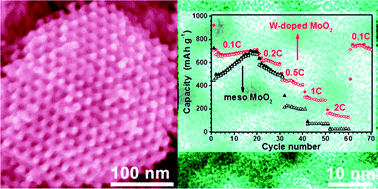Scientists in Australia have found that mesoporous silica nanoparticles (MSNs) can store and deliver biocides in a controlled fashion over time, which could be beneficial to the timber industry with regards to termites.

Termites pose a significant threat to the industry throughout the tropics and subtropics. The conventional solution to this problem is to use agrochemical biocides such as dichloro-diphenyl-trichloroethane (DDT), aldrin, dieldrin, chlordane and heptachlor.
But these compounds cause environmental damage via bioaccumulation, threatening the existence of some species, particularly large predators at the top of the food chain. And attempts to destroy entire terminte colonies using them have been unsucessful.
Now, Zhang Qiao and colleagues at the University of Queensland, have used the pore structure of mesoporous silica nanoparticles to adsorb biocides. They found that the nanoparticles released the biocide in a controlled manner. This slow release is important as the termintes will feed on and transfer the particles to other termites, eventually leading to colony destruction.
The team chose four different types of MSN to test, using the agricultural biocide imidacloprid as a model. They found that MCM-48 particles had the highest adsorption capacity. ‘We can effectively load the biocide into MSNs and release it over 48 hours,’ says Qiao. ‘However, it is difficult to control the release because of the biocide’s water solubility and fast mass transport.’
Andrea O’Connor, an expert in nano and biomolecular engineering at the University of Melbourne, Australia, agrees that more control over release rates is needed. This would ‘minimise the early burst release and extend biocide delivery over biologically relevant time periods and dose rates’, she says. However, she adds that the system is simple and delivers the nanoparticles in a suspension into the site of an infestation ‘rather than relying on diffusion of released biocide through the environment, where it may be degraded or have undesirable adverse effects.’
Qiao adds that to effectively deliver the biocide over a period of about seven days, the MSNs need to be coated with other chemicals. The team is investigating a biodegradable polymer coating.
Carl Saxton – Chemistry World
Read the paper from Nanoscale:
Adsorption and release of biocides with mesoporous silica nanoparticles
Amirali Popat, Jian Liu, Qiuhong Hu, Michael Kennedy, Brenton Peters, Gao Qing (Max) Lu and Shi Zhang Qiao
Nanoscale, 2012, Advance Article
DOI: 10.1039/C2NR11691J
Fancy submitting an article to Nanoscale? Then why not submit to us today!












 Read this highly topical feature review article today:
Read this highly topical feature review article today:




 HOT Nanoscale Communication
HOT Nanoscale Communication